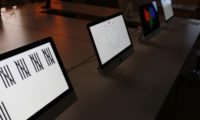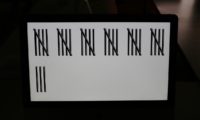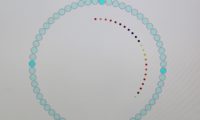Design a self-contained website that measures time (hours, minutes, possibly seconds or milliseconds).
In other words, create a digital watch face, filling a screen, written in HTML/CSS/JS (and maybe SVG).
Possible improvement: if you want to focus on “best development practices”, you could have the students work up to a certain point on their project, then re-assign them randomly. Students will have to complete and debug the code of another student. This will be a lesson in code readability. See this Github thread.




